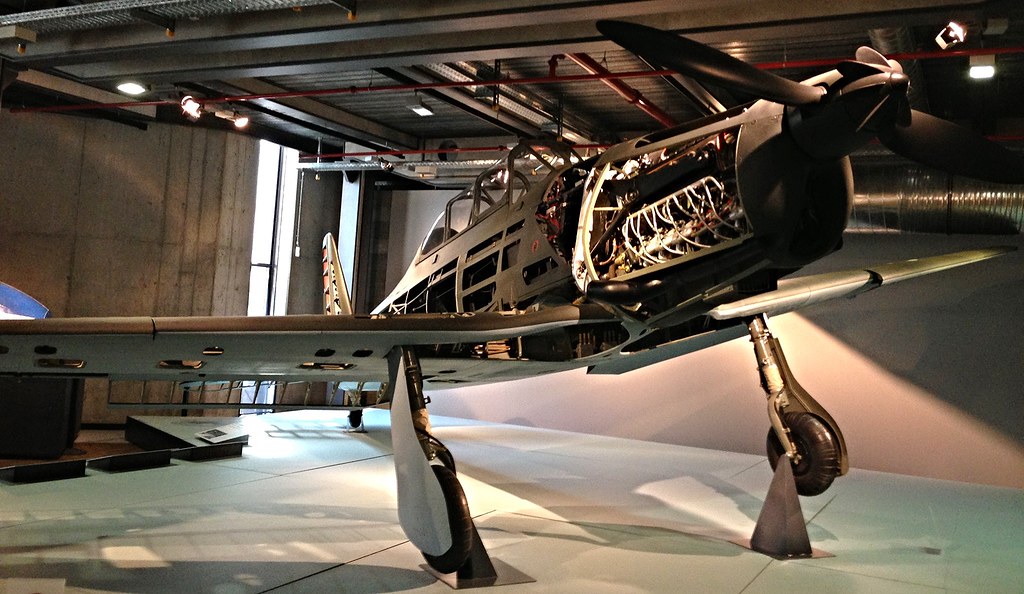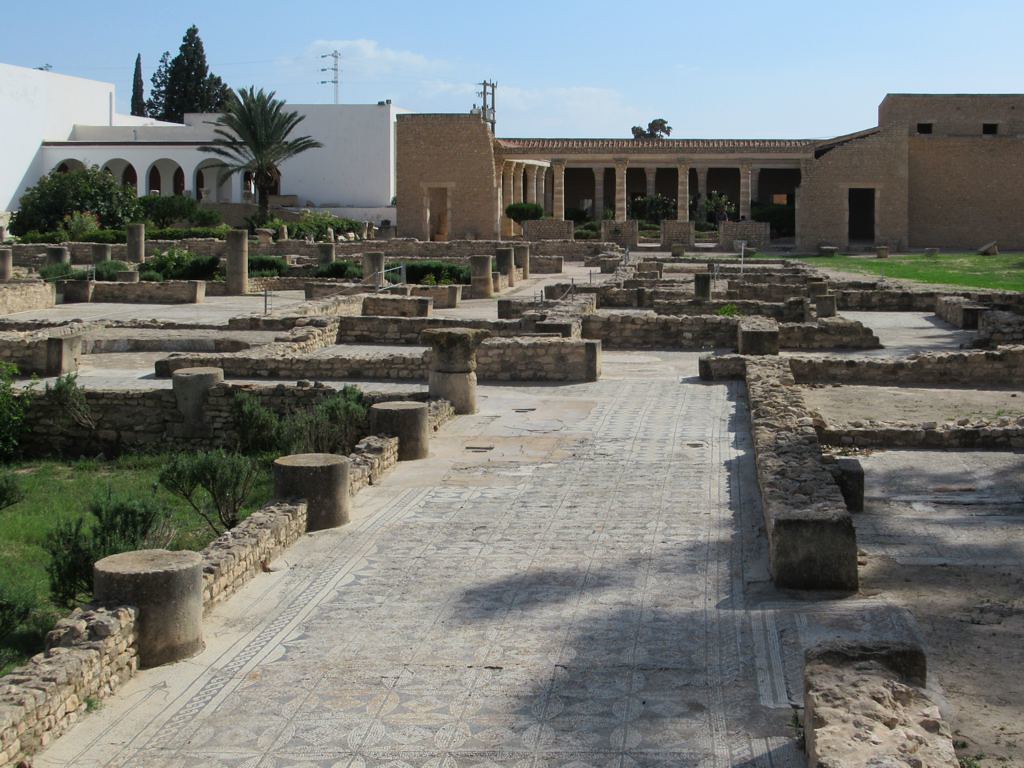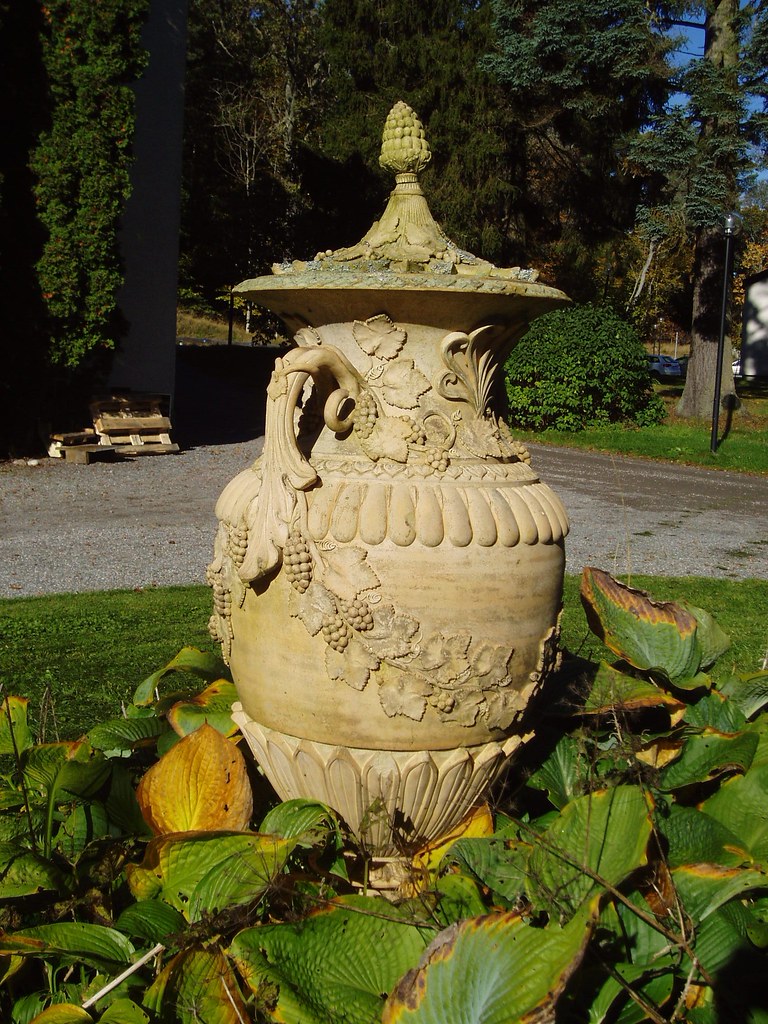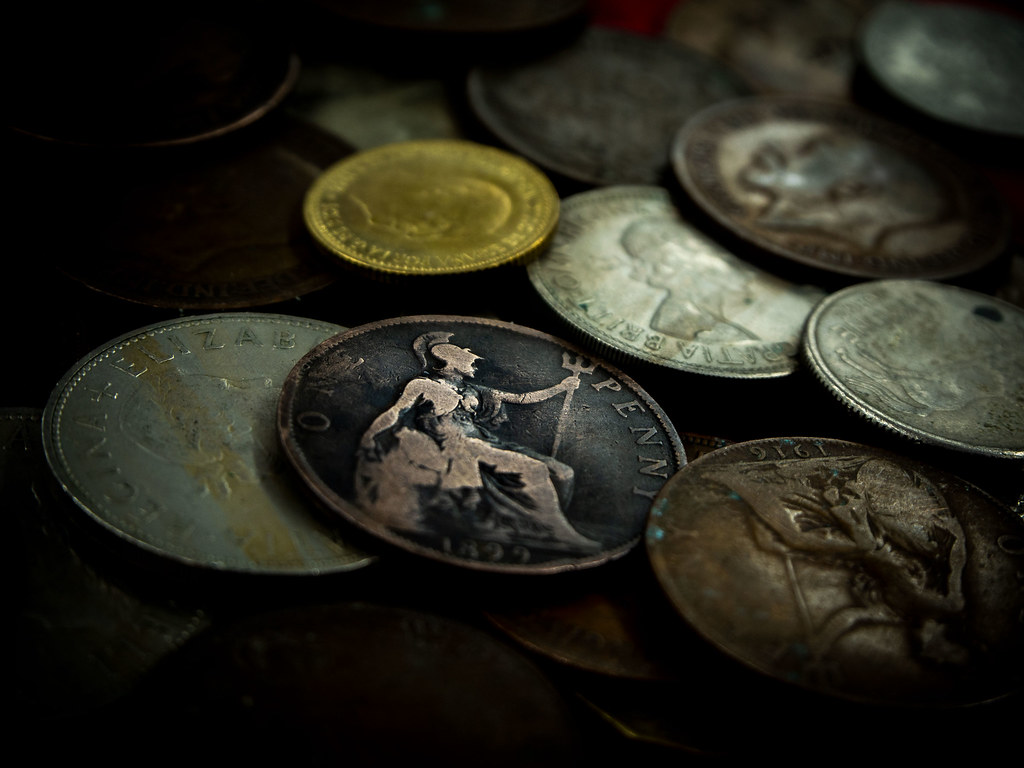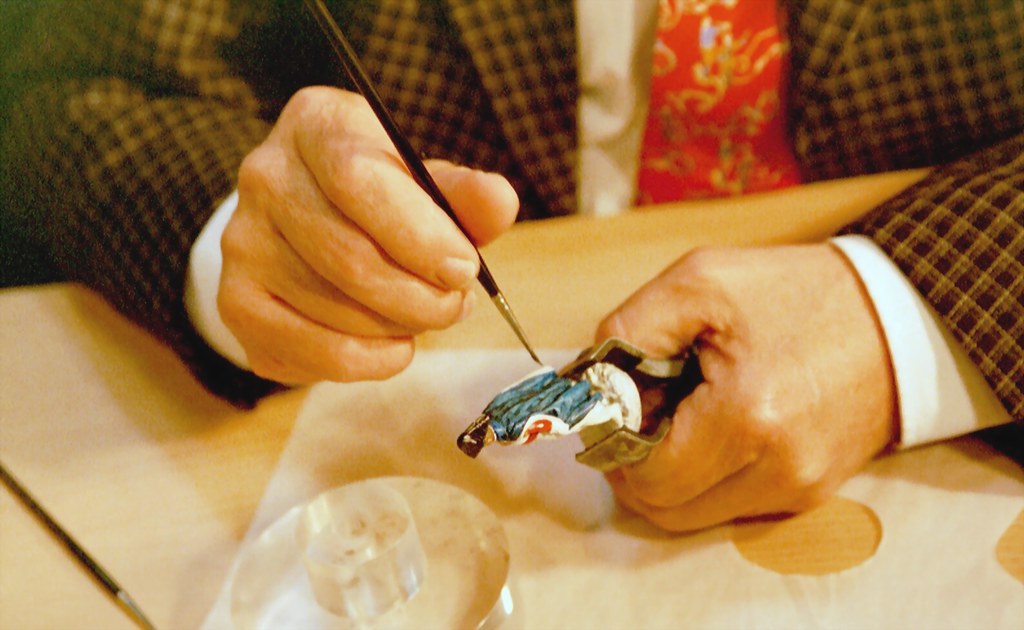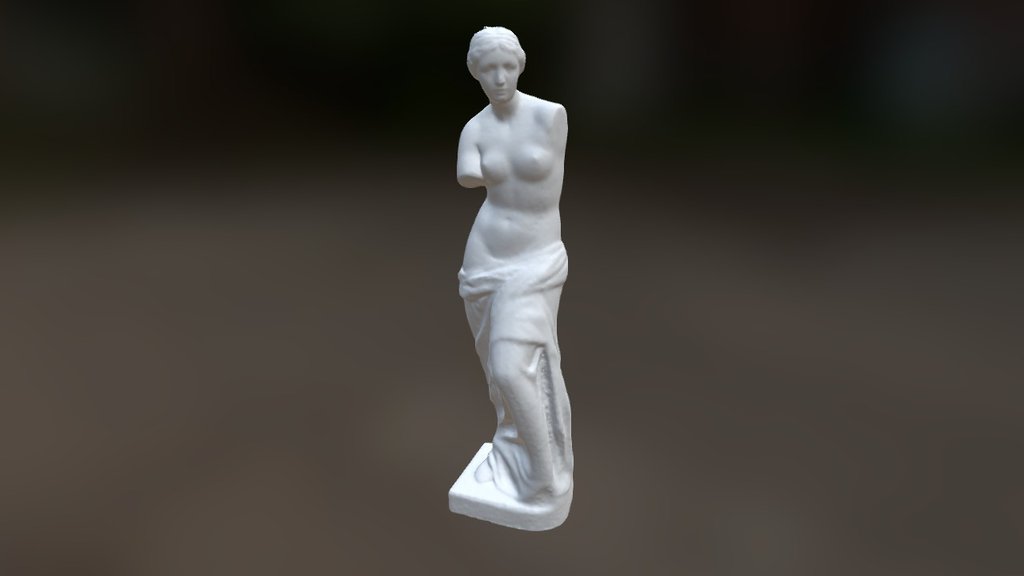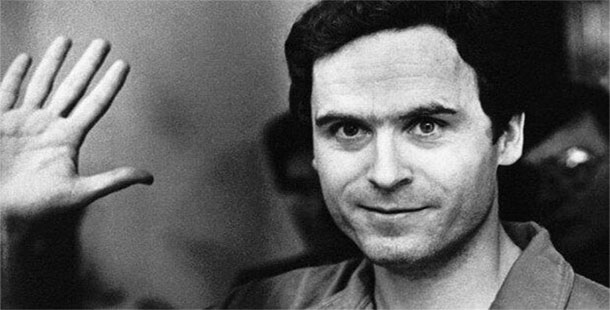Growing up, my dream was always to become an archaeologist. I was captivated by the thought of exploring ancient tombs and unearthing awe-inspiring relics forgotten by history, similar to the adventures of Indiana Jones.
Like everyone though, I grew up. I realized the time and effort it would take to become one and most of all I realized how much schooling it would take. The allure was gone. “I’ll leave that to the professionals” I thought.
But it’s not always the professionals that make the initial discovery of a mummy or treasure. Sometimes it’s made by the common folk. Like us. These are some of those instances.
Let’s take a look at 25 Craziest Discoveries Made By Ordinary People.

The Lyceum
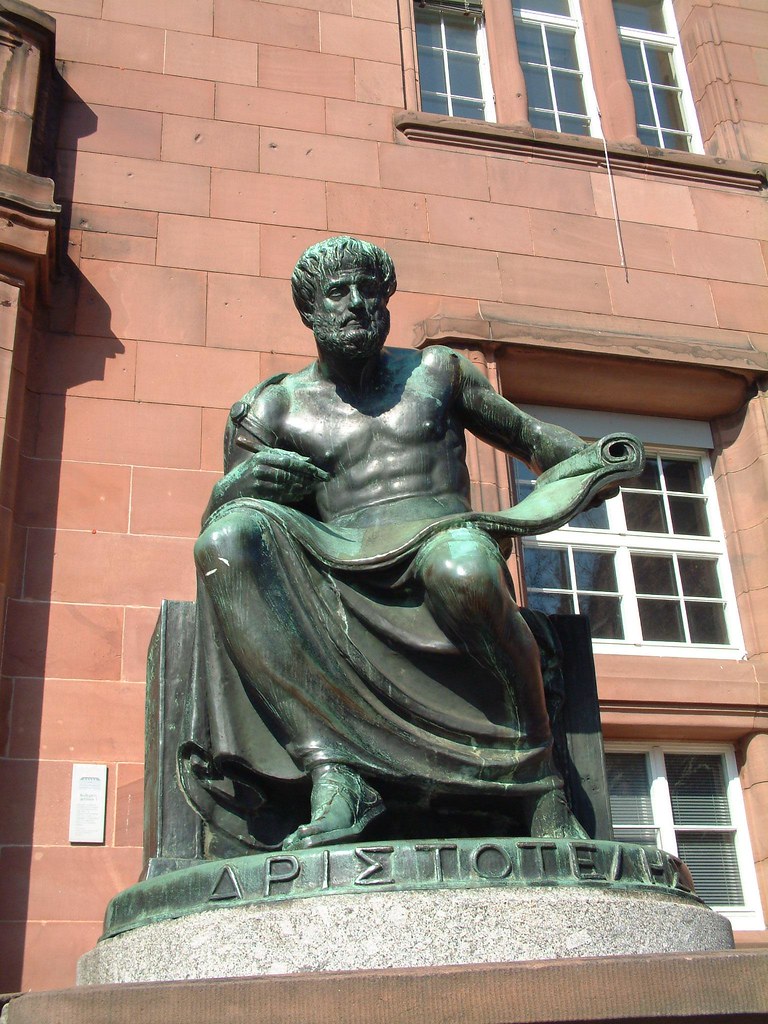 https://listverse.com/2016/06/17/10-archaeological-discoveries-that-were-made-by-pure-chance/
https://listverse.com/2016/06/17/10-archaeological-discoveries-that-were-made-by-pure-chance/ Aristotle created his own school in 335 BC called The Lyceum. Over time the school was lost and archaeologists could never find it.
It remained lost until it was accidentally discovered by workers working on a construction site for the projected Museum of Modern Art.
Chinese Mummy
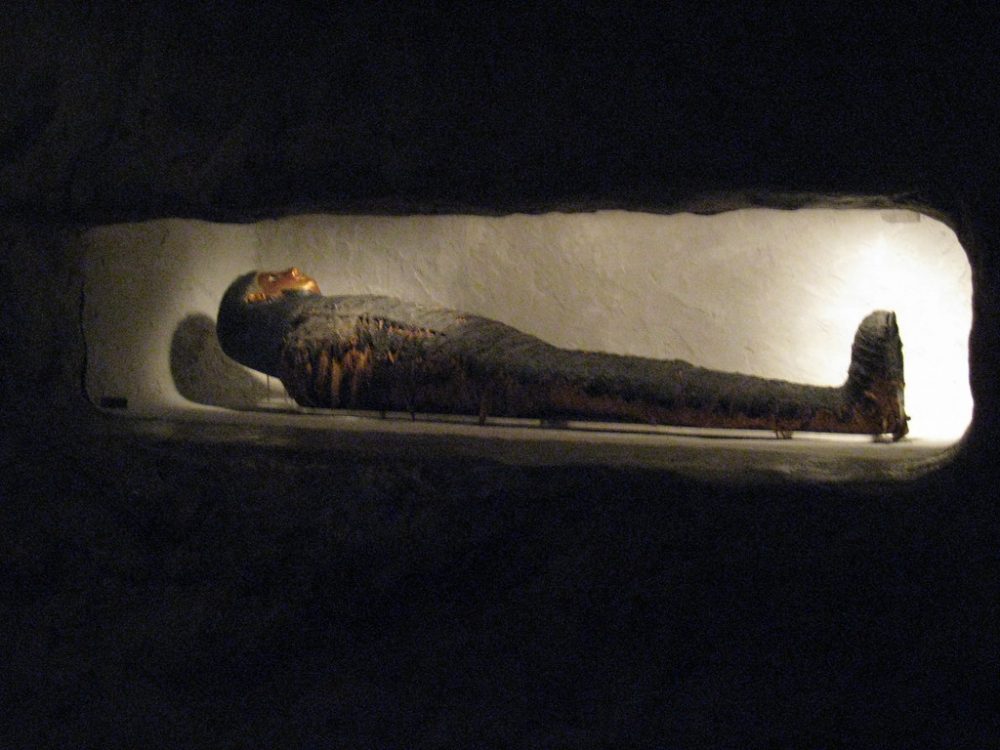 https://listverse.com/2016/06/17/10-archaeological-discoveries-that-were-made-by-pure-chance/
https://listverse.com/2016/06/17/10-archaeological-discoveries-that-were-made-by-pure-chance/ In 2011 in Taizhou, road workers were in the process of widening a road when they struck a large, solid object about 6ft under the ground. When they realized they might have found something significant they contacted a team of archaeologists.
After an excavation of the area they found a small tomb with a coffin inside of it. Inside was a nearly perfectly preserved mummy.
The Venus de Milo
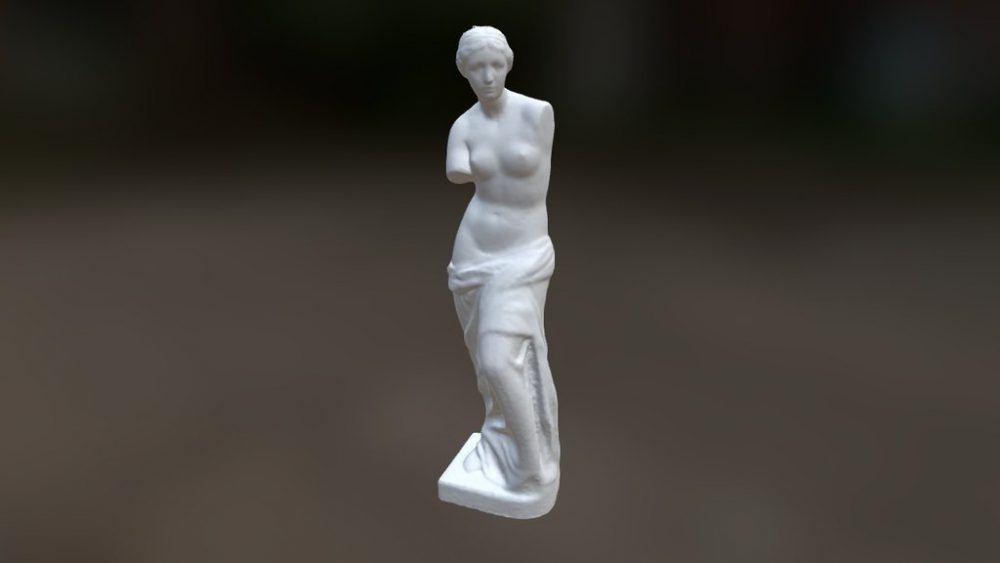 https://listverse.com/2016/06/17/10-archaeological-discoveries-that-were-made-by-pure-chance/
https://listverse.com/2016/06/17/10-archaeological-discoveries-that-were-made-by-pure-chance/ Before it became one of world’s most beloved sculptures, the Venus de Milo spent centuries buried on the Greek island of Melos.
It was recovered by a peasant who discovered it while trying to salvage marble building blocks.
Graves of Medieval Slavic Chieftains
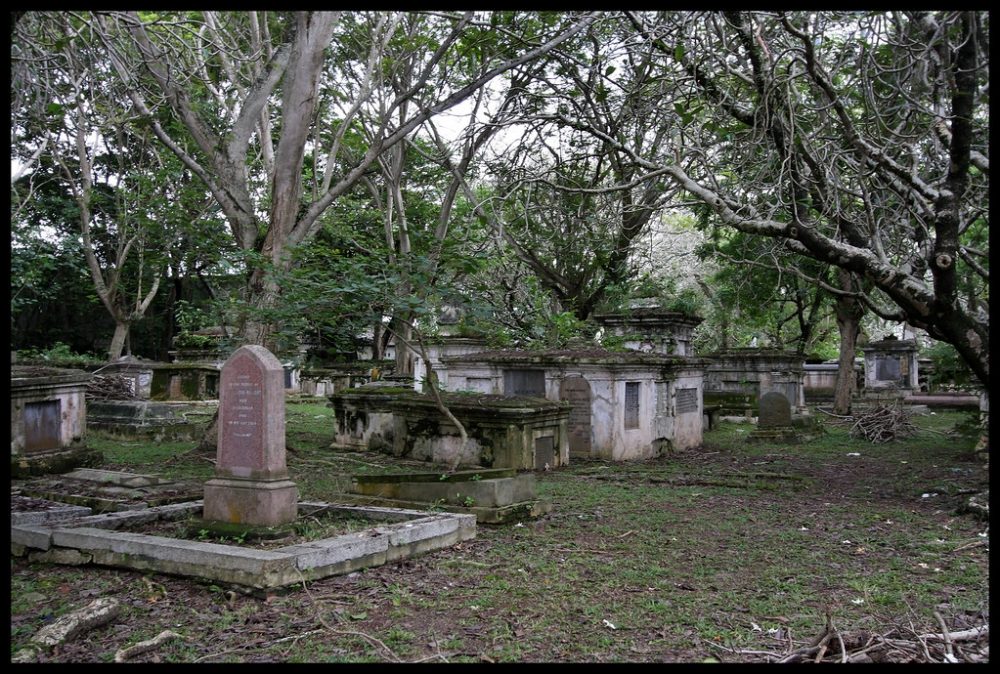 https://www.mentalfloss.com/article/70412/10-amazing-archaeological-finds-discovered-ordinary-people-and-one-badger
https://www.mentalfloss.com/article/70412/10-amazing-archaeological-finds-discovered-ordinary-people-and-one-badger Okay this one wasn’t technically found by an ordinary “person” but it was an ordinary badger.
The badger spent five years digging his den on a farm in Stolpe, northeastern Germany, only to leave after unearthing a human pelvic bone. The archaeological excavation of the area discovered eight 12th-century graves.
It was determined that the badger had discovered one of the last pagan burials in Brandenburg.
The Russian Soldier
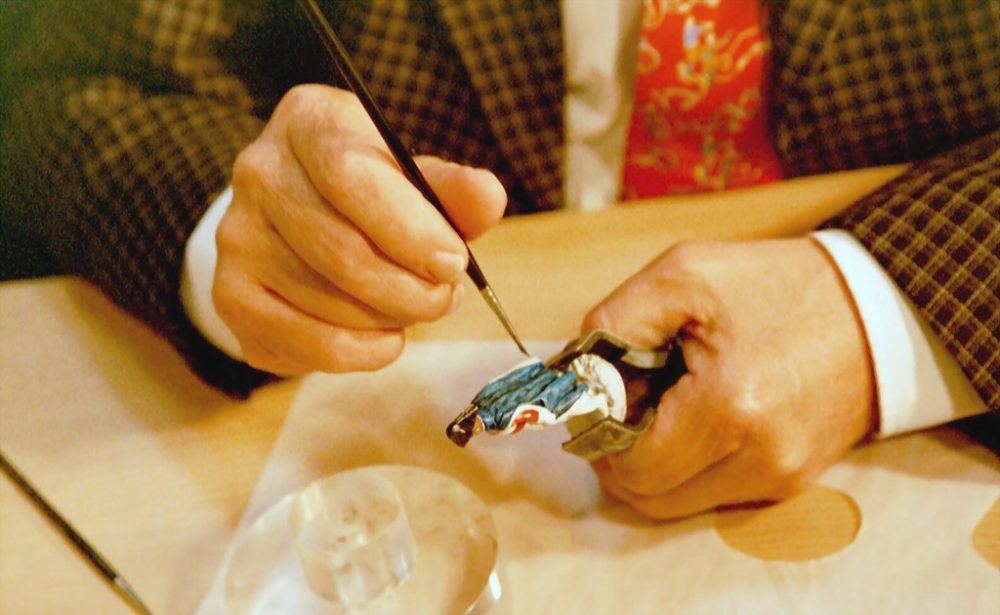 https://moneyversed.com/accidental-discoveries-fortunes/
https://moneyversed.com/accidental-discoveries-fortunes/ After George Davis passed away, his relatives found an old Russian soldier figurine still in its original box. Apparently he’d purchased it in 1934, and left it there ever since.
When the family had it appraised, they learned it was made in 1912 by Peter Carl Fabergé, a Russian jeweler, who was commissioned by Russian Czar Nicholas II to make it for his wife, Empress Alexandra.
There were only 50 figurines made, and the Davis family sold it for $5.2 million.
Childerics's Treasure
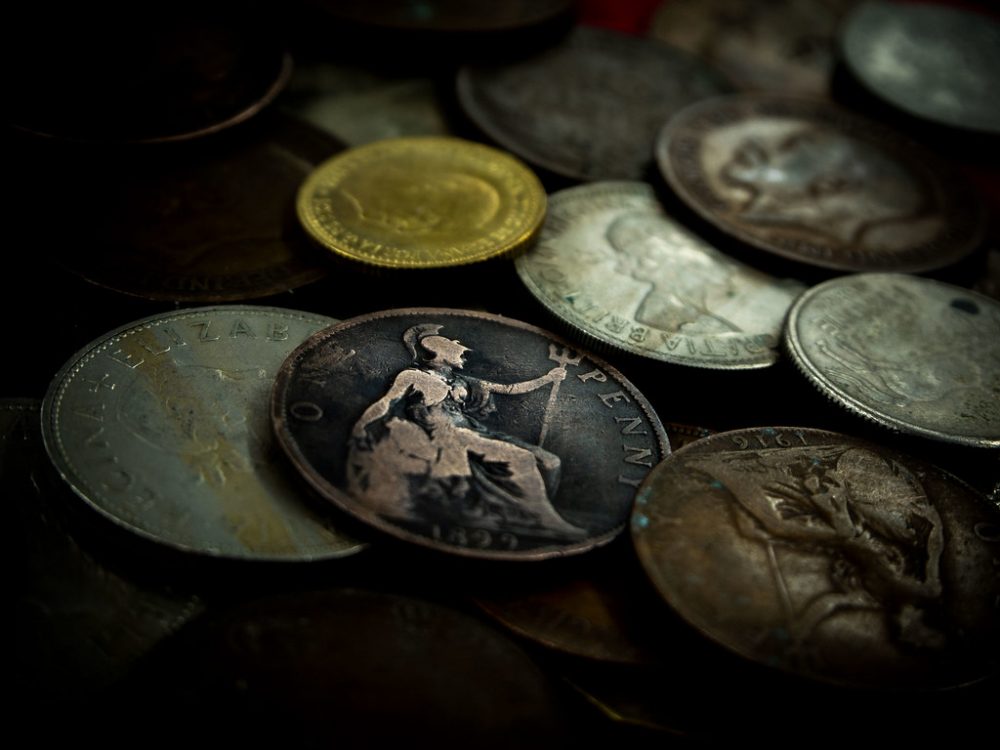 https://www.mentalfloss.com/article/70412/10-amazing-archaeological-finds-discovered-ordinary-people-and-one-badger
https://www.mentalfloss.com/article/70412/10-amazing-archaeological-finds-discovered-ordinary-people-and-one-badger On May 27, 1653, laborer Adrien Quinquin was working on the church of Saint-Brice in Tournai when he realized he had dug up gold coins. After digging further he had found an ancient tomb packed with treasures.
Quinquin had found the tomb of Childeric I, king of the Salian Franks, who was buried in his capital of Tournai after his death in 481 CE.
The Yosemite Plate Negatives
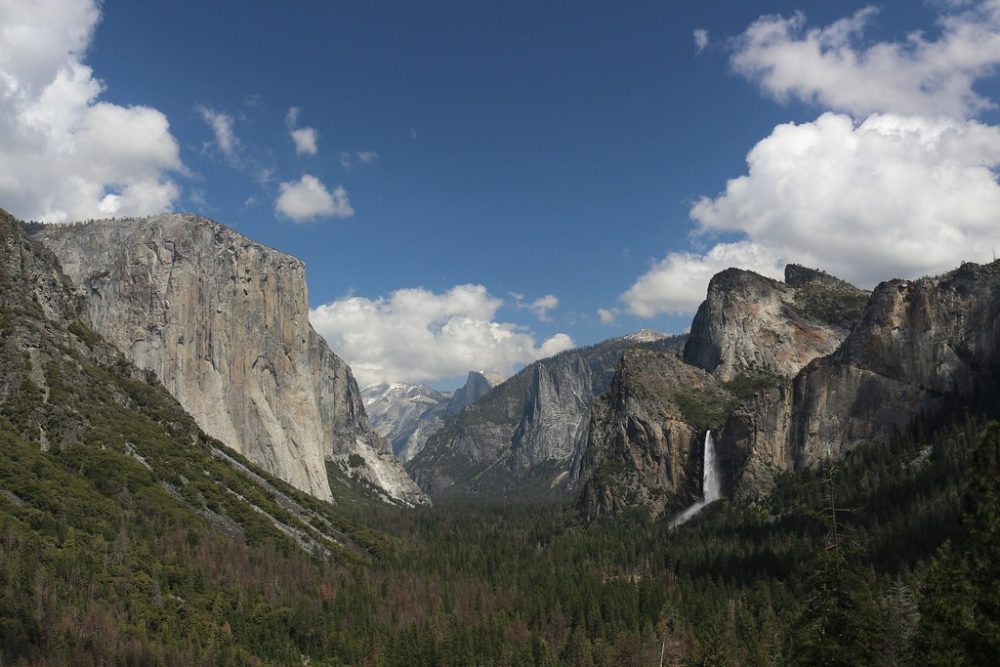 https://www.history.com/news/8-multi-million-dollar-masterpieces-found-in-unexpected-places
https://www.history.com/news/8-multi-million-dollar-masterpieces-found-in-unexpected-places In 2000, Rick Norsigian purchased a number of glass plate negatives printed with images of Yosemite National Park on them for $45.
It wasn’t until later, however, that he would find out that they were original works by the famed photographer Ansel Adams. The negatives sold for $200 million.
2,000 year old Bog Butter
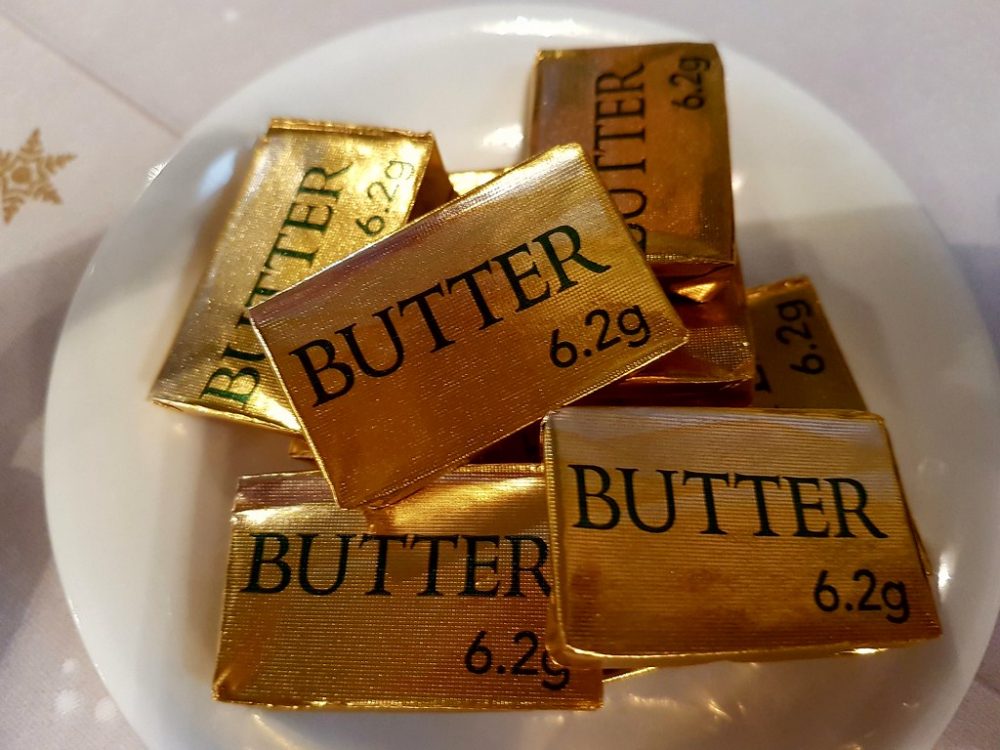 https://www.awesomeinventions.com/lucky-discoveries-that-made-ordinary-people-incredibly-rich/
https://www.awesomeinventions.com/lucky-discoveries-that-made-ordinary-people-incredibly-rich/ In June 2016, a turf cutter found a 22-lb lump of butter from an Irish bog that had been buried there for 2,000 years.
Back in those days, butter was a luxury food in Ireland and was also used as offerings to the gods. Due to the surrounding environment of the bog the lump of butter was perfectly preserved. Archaeologists say that it’s still perfectly fine for consumption.
So you know, slap it on some toast and have yourself some Bog Buttered Toast. It’ll be fine. Probably.
Chinese Imperial Family Vase
 https://www.history.com/news/8-multi-million-dollar-masterpieces-found-in-unexpected-places
https://www.history.com/news/8-multi-million-dollar-masterpieces-found-in-unexpected-places As an anonymous British brother and sister were clearing out the home of their parents they found a 16 inch tall Chinese vase. They brought the vase to an auction house where it was confirmed that the vase belonged to the imperial family during the Qianlong dynasty.
After a 30 minute bidding war the vase sold for $85 million, setting the record for a work of Chinese art.
Ancient Roman Villa Found On Google Earth
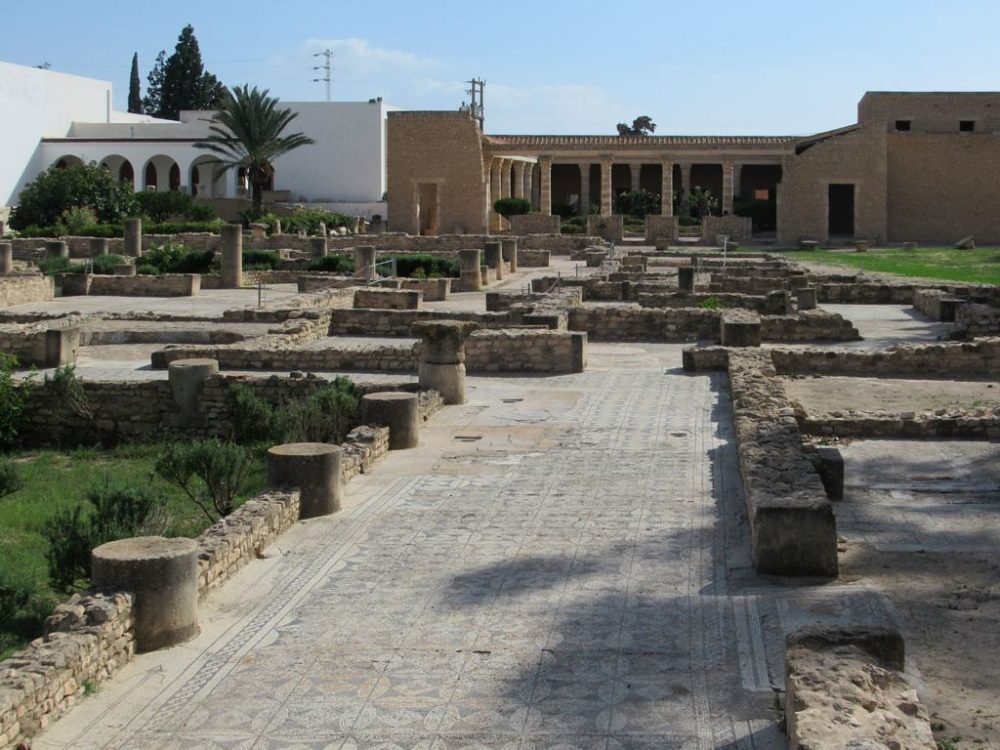 https://listverse.com/2016/09/18/10-insane-ways-ordinary-people-stumbled-upon-major-discoveries/
https://listverse.com/2016/09/18/10-insane-ways-ordinary-people-stumbled-upon-major-discoveries/ As an Italian man was looking at his city on google earth he noticed an oval shape with strange shadows around it that looked like buildings.
He uploaded his discovery to his blog and then called some local archaeologists to see what they thought. The archaeologists started digging and found an entire ancient Roman villa buried under the earth.
Whoever said the internet was a waste of time.
1,700 Year Old Seal From An Emperor
 https://listverse.com/2016/09/18/10-insane-ways-ordinary-people-stumbled-upon-major-discoveries/
https://listverse.com/2016/09/18/10-insane-ways-ordinary-people-stumbled-upon-major-discoveries/ In 1784, a rice farmer in Japan was trying to repair an irrigation ditch. As he worked, he noticed a seal made of pure gold.
The farmer brought it to a local scholar, who realized that the seal was a legendary relic gifted by Emperor Guangwu of Han to a Japanese emissary during the first state meeting between China and Japan in AD 57.
15th century gold pendant buried in a field
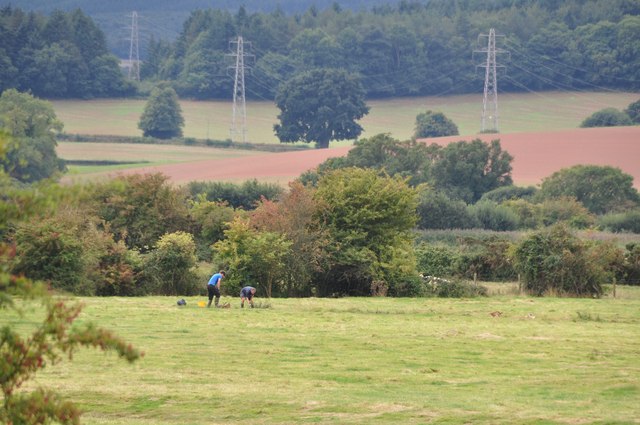 https://www.awesomeinventions.com/lucky-discoveries-that-made-ordinary-people-incredibly-rich/
https://www.awesomeinventions.com/lucky-discoveries-that-made-ordinary-people-incredibly-rich/ A housewife in Hertfordshire found a 15th century treasure with a metal detector while walking in a field with her son.
She found a gold pendant depicting the crucifixion of Jesus buried 4 inches below the ground. The treasure has an estimated value of more than £250,000.
Golden Buddha Statue
 https://listverse.com/2016/09/18/10-insane-ways-ordinary-people-stumbled-upon-major-discoveries/
https://listverse.com/2016/09/18/10-insane-ways-ordinary-people-stumbled-upon-major-discoveries/ In 1935, a monastery ordered some workers to move a plaster Buddha statue to the side of an old building used to store relics of no special importance. During the process, one worker dropped the statue to the ground.
Some of the plaster chipped off and the workers saw the shining glimmer of pure gold. When the rest of the plaster was torn off, they found that the statue was made of pure gold underneath.The statue is the largest golden Buddha in the world, is now housed in its own building just to show it off.
Turkey’s Newest Ancient Underground City
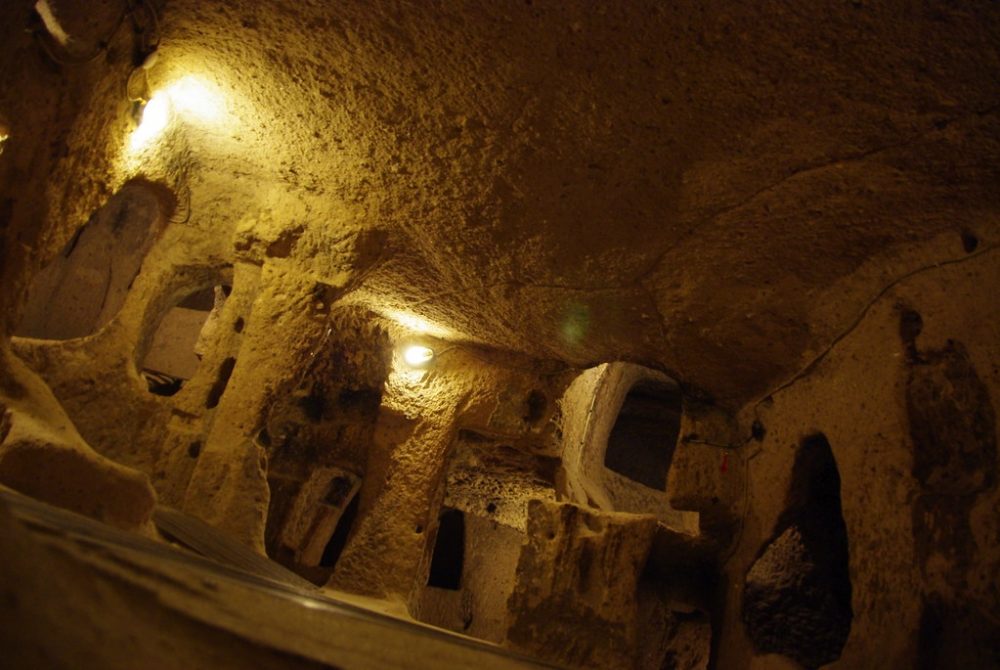 https://listverse.com/2016/09/18/10-insane-ways-ordinary-people-stumbled-upon-major-discoveries/
https://listverse.com/2016/09/18/10-insane-ways-ordinary-people-stumbled-upon-major-discoveries/ A 5,000-year-old city was discovered incidentally after builders were ordered to demolish a large number of buildings as a part of an urban renewal project in Turkey’s province of Neveshir.
The size of the city is currently unknown but current estimates have it at about 100 acres, 5 million square feet, and about 370 feet into the ground.
Stone Spheres of Costa Rica
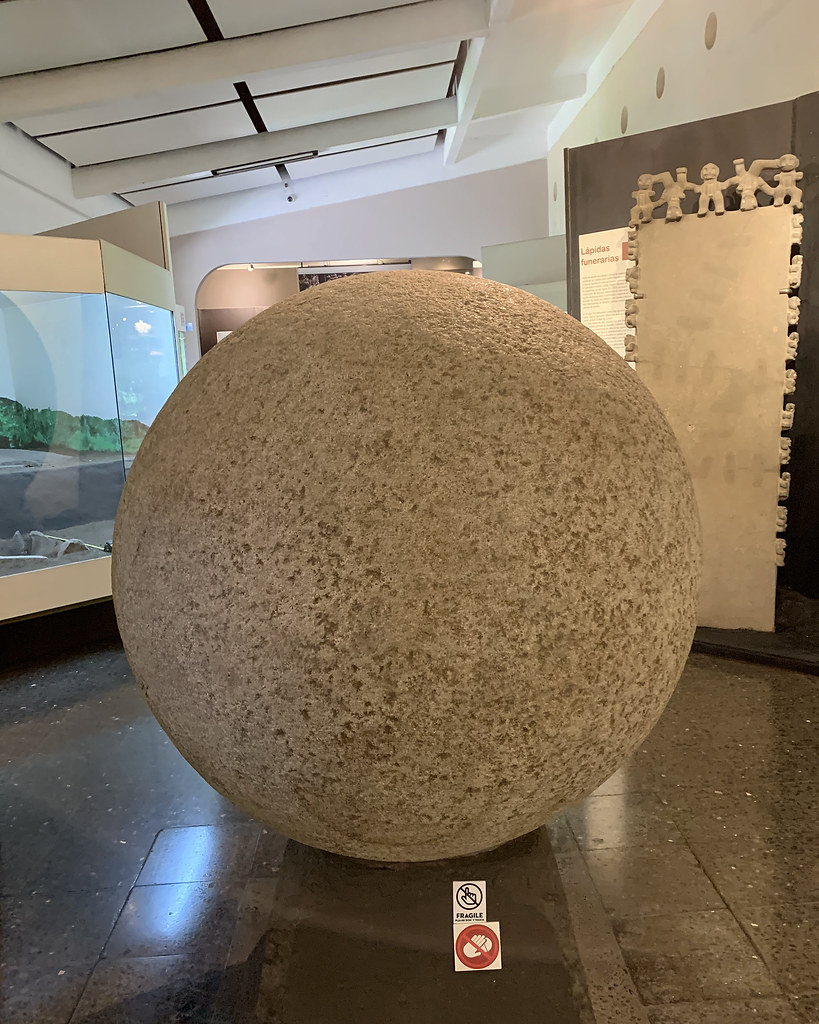
When workers were clearing a jungle in the Diquis Delta of Costa Rica their bulldozers became blocked by large stone spheres.
Studies later determined that the spheres were created by the Diquis culture. 300 of them survive today as Costa Rican icons.
The Rosetta Stone
 https://www.history.com/news/7-historical-treasures-discovered-by-accident
https://www.history.com/news/7-historical-treasures-discovered-by-accident In 1799 as the french army was marching through Egypt, a troop found a slab of stone in the city of Rosetta. There was strange writing on the slab, after experts studied it they identified it as Greek.
They worked for years to translate the Rosetta Stone and unlock the secrets to understanding Egyptian Hieroglyphics.
Hoxne Hoard
 https://www.awesomeinventions.com/lucky-discoveries-that-made-ordinary-people-incredibly-rich/
https://www.awesomeinventions.com/lucky-discoveries-that-made-ordinary-people-incredibly-rich/ One of the most famous and precious artifacts displayed in the British Museum is the Hoxne Hoard. It consists of 14,865 coins, 200 silver tableware, and gold jewelry. It was found in the village of Hoxne, in the UK in 1992 by Eric Lawes, all because he lost his hammer.
He had lost his hammer while working on his farm and used a metal detector to find it. Instead he found a wooden box containing the centuries old coins and jewelry.
You can find the hoard on display at the British Museum, and don’t worry. They found the hammer, it’s also on display.
Luftwaffe Messerschmitt Bf 109 fighter
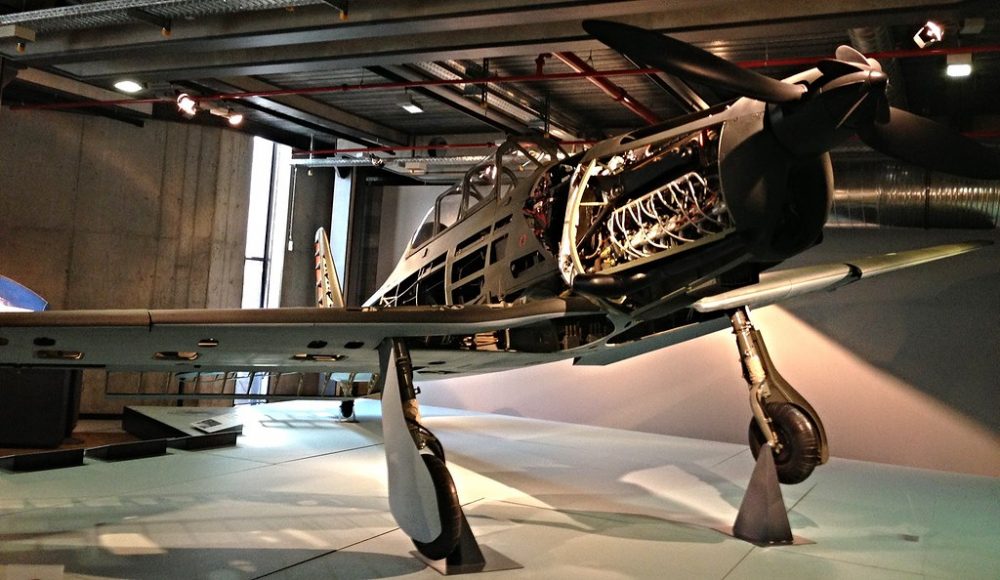 http://www.historyisnowmagazine.com/blog/2019/7/7/5-amazing-archeological-discoveries-made-by-ordinary-people
http://www.historyisnowmagazine.com/blog/2019/7/7/5-amazing-archeological-discoveries-made-by-ordinary-people While doing his homework, a 14-year Danish boy and his father Klaus found the wreckage of a German plane that crashed during WW2 in their family-owned farm.
Klaus was told by his grandfather about a German fighter that crashed in the farm in the last years of the war when Denmark was still occupied by the Nazis.
They found the plane after a few moments of searching with a metal detector.
Caveman in the Ice
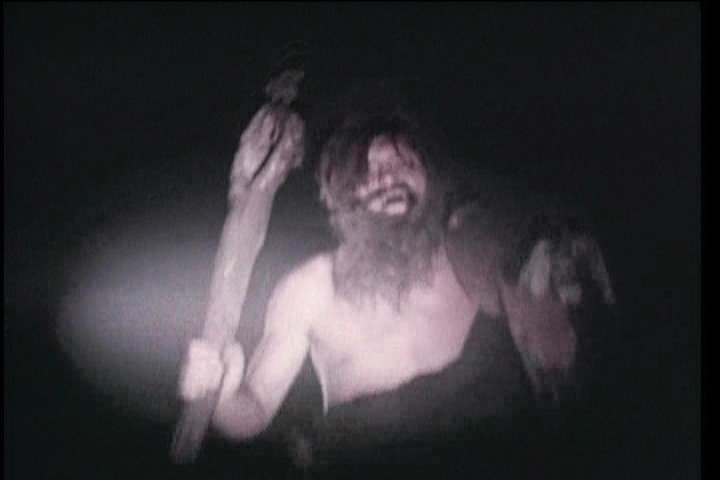 https://listverse.com/2016/09/18/10-insane-ways-ordinary-people-stumbled-upon-major-discoveries/
https://listverse.com/2016/09/18/10-insane-ways-ordinary-people-stumbled-upon-major-discoveries/ On September 19, 1991, two German tourists found a well preserved body buried in ice. Believing that they had stumbled upon a crime scene they reported what they had found to authorities.
Once the police arrived and the body was recovered, archeologists discovered that the body had been buried in the ice for 4,000 years. The body gave great insights to the life of those alive at the time.
The body is now on display at the South Tyrol Museum of Archaeology in Italy.
Early Printed Copy of the Declaration of Independence
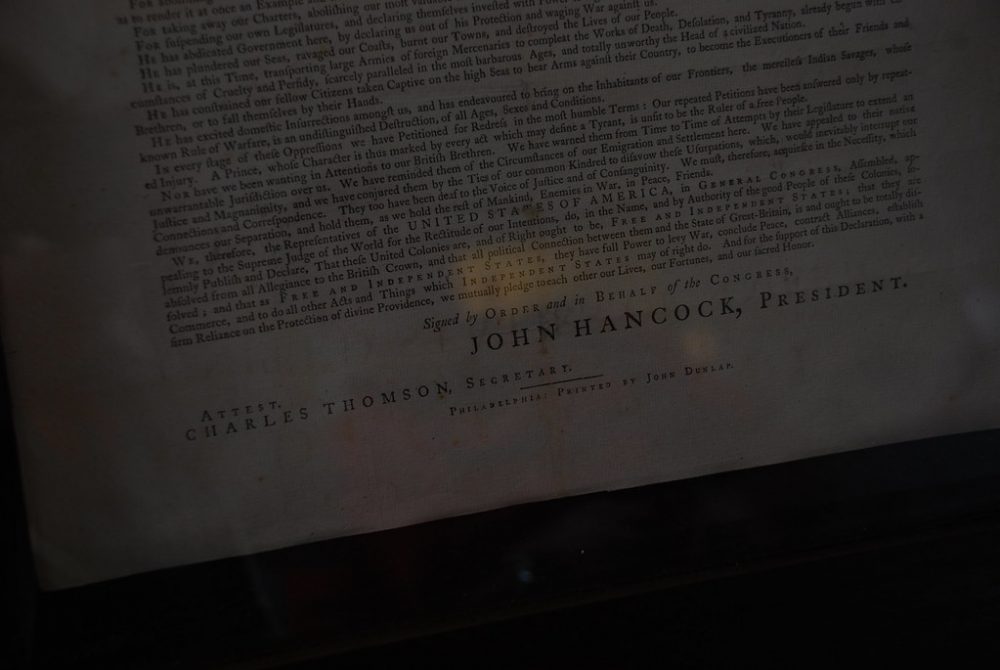 https://www.awesomeinventions.com/lucky-discoveries-that-made-ordinary-people-incredibly-rich/
https://www.awesomeinventions.com/lucky-discoveries-that-made-ordinary-people-incredibly-rich/ An art collector bought a mediocre painting in 1989 for $4 at a flea market because he liked the frame it was in.
When he removed the painting he discovered an old document between the canvass and wood frame. It turned out to be one of the original printings of the Declaration of Independence.
I wonder if there was a treasure map on the back.
Lascaux Caves
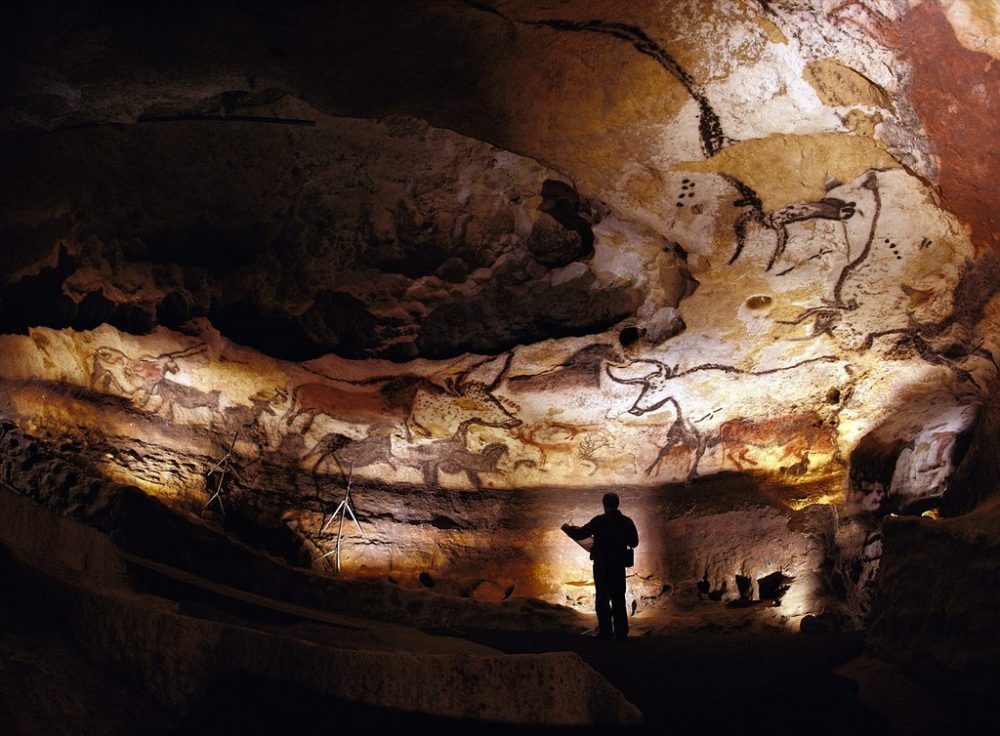 http://www.historyisnowmagazine.com/blog/2019/7/7/5-amazing-archeological-discoveries-made-by-ordinary-people
http://www.historyisnowmagazine.com/blog/2019/7/7/5-amazing-archeological-discoveries-made-by-ordinary-people Eighteen-year-old apprentice garage mechanic Marcel Ravidat was walking in the woods in September of 1940 when he came across the entrance to a cave with some friends. Inside they found old archaic cave paintings.
They made a pact to keep their find secret, but only managed to hold on for a week before telling a teacher who was a local expert on prehistoric art.
The cave was opened to the public but closed just 15 years later after the cave walls started to develop mold.
The Dead Sea Scrolls
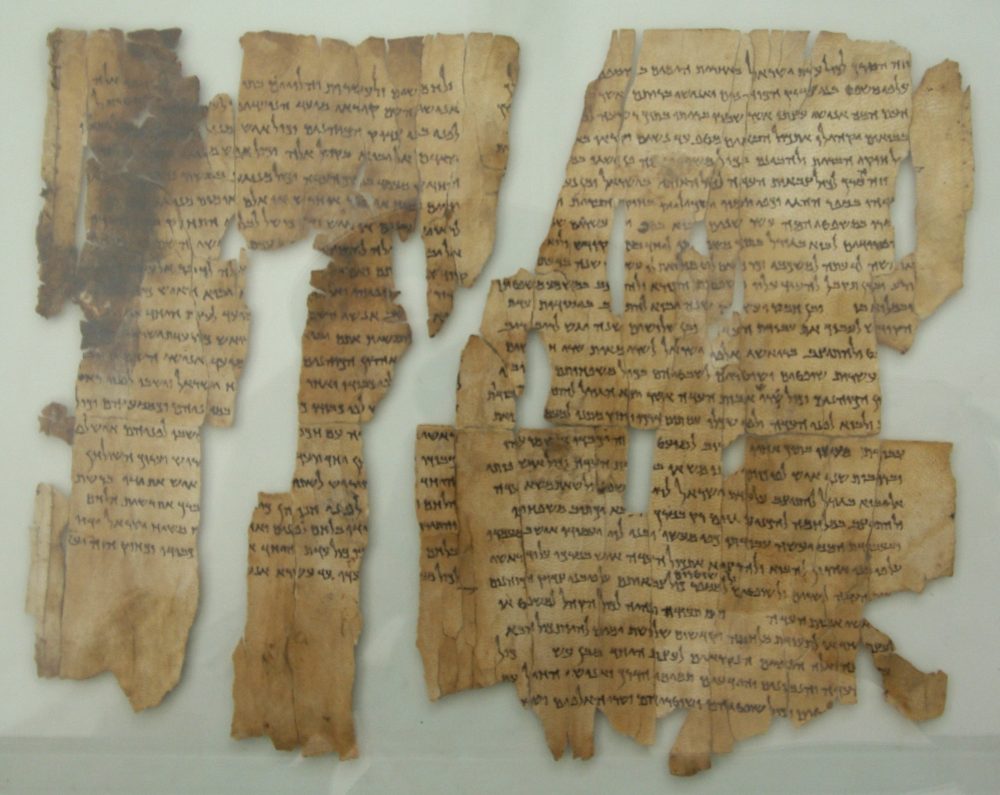 https://listverse.com/2016/09/18/10-insane-ways-ordinary-people-stumbled-upon-major-discoveries/
https://listverse.com/2016/09/18/10-insane-ways-ordinary-people-stumbled-upon-major-discoveries/ While a couple of goat herders were looking for a lost goat one of them fell into a cave where they found some jars filled with some old scrolls.
What they had found were fragments of The Dead Sea Scrolls, original manuscripts of sections of the old testament.
They were unaware of their discovery and sold the jars for $21.
Original Superman Comic
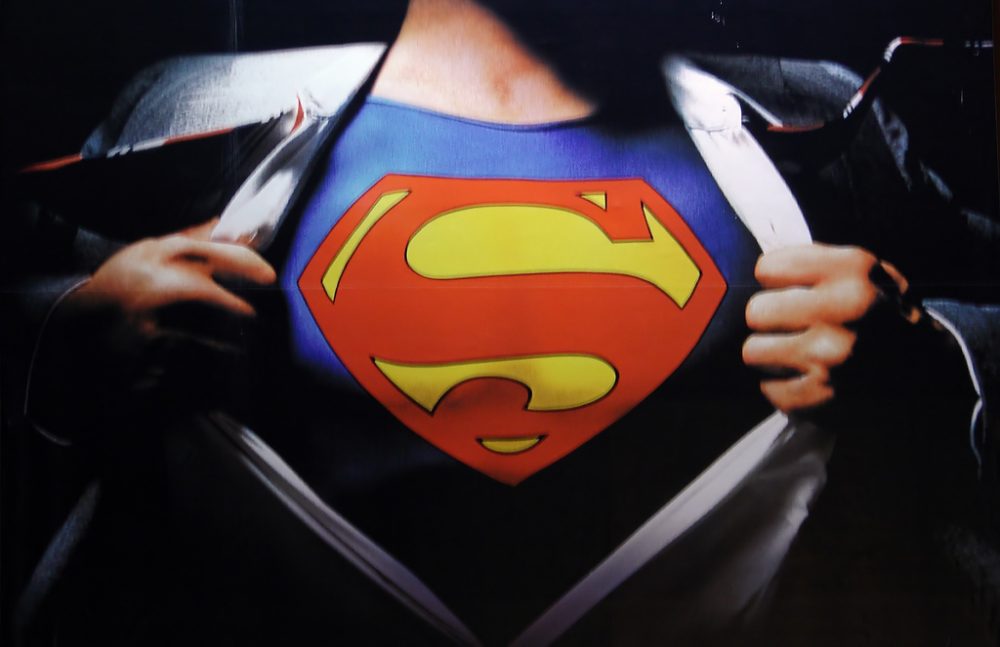 https://www.awesomeinventions.com/lucky-discoveries-that-made-ordinary-people-incredibly-rich/
https://www.awesomeinventions.com/lucky-discoveries-that-made-ordinary-people-incredibly-rich/ A couple in the US was taking out some old boxes from the attic as they prepared their house to be taken over by the bank when they found an original copy of Action Comics No.1. Most famously known for the first appearance of Superman.
It was an extremely rare find and sold for over $1 Million at auction.
Terracotta Army
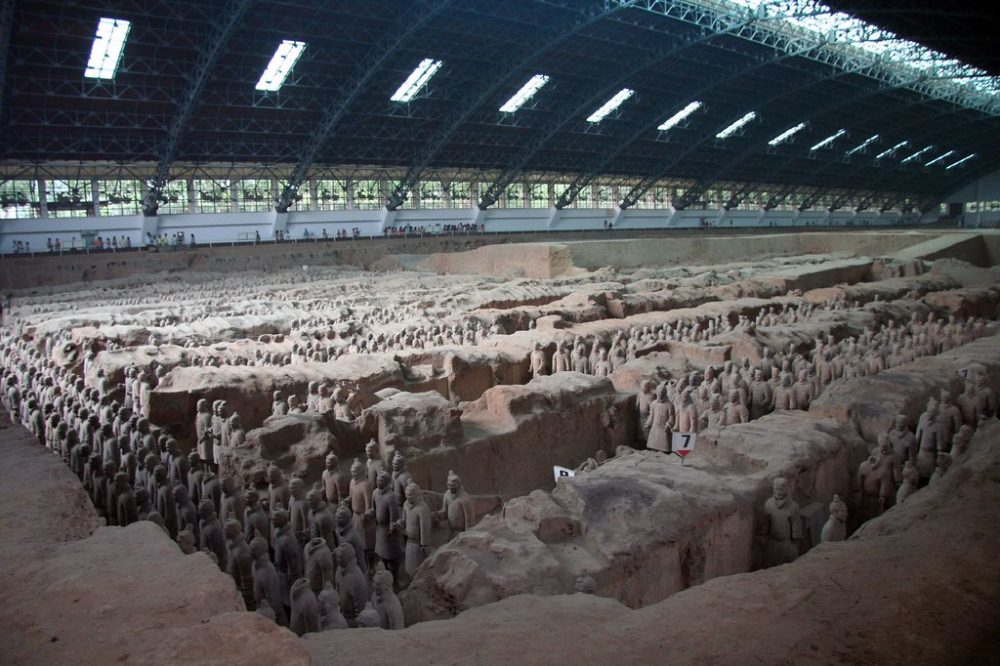 https://www.history.com/news/7-historical-treasures-discovered-by-accident
https://www.history.com/news/7-historical-treasures-discovered-by-accident In 1974, a Chinese farmer had been digging a well for two days when he hit something hard in the dirt.
It turned out to be an ancient statue. After he took his finding to a museum experts realized that the statue was a Qin Dynasty Relic. Eventually archaeologists discovered the rest of the statues on the farmers land, discovering the famous Terracotta Army.
King Tut’s Tomb
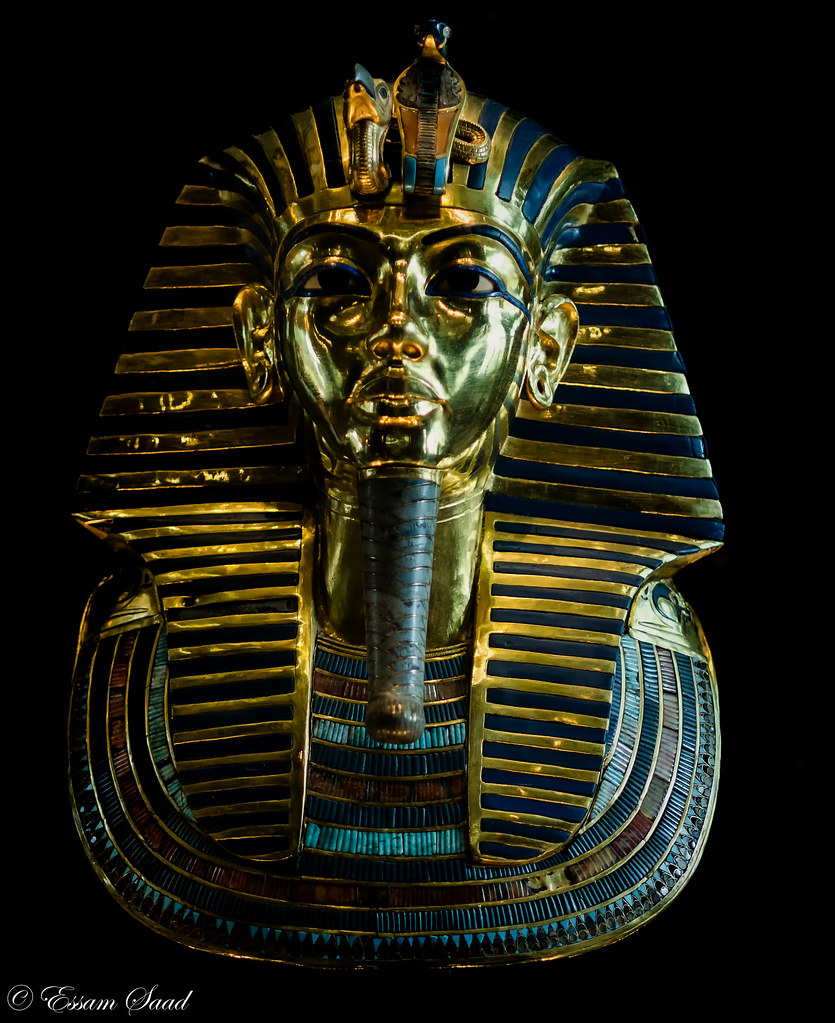 https://listverse.com/2016/09/18/10-insane-ways-ordinary-people-stumbled-upon-major-discoveries/
https://listverse.com/2016/09/18/10-insane-ways-ordinary-people-stumbled-upon-major-discoveries/ Archaeologist Howard Carter had already spent years on an unsuccessful search for the tomb of King Tut. In fact it was going so poorly that his funding was about to be cut off.
And if it wasn’t for a bored waterboy, it would’ve. Bored, the waterboy started playing with a stick in the sand when he stumbled upon a stone step. He told Carter, who rushed over and started digging. 22 days later they found the entrance to the tomb.
Lists Going Viral Right Now

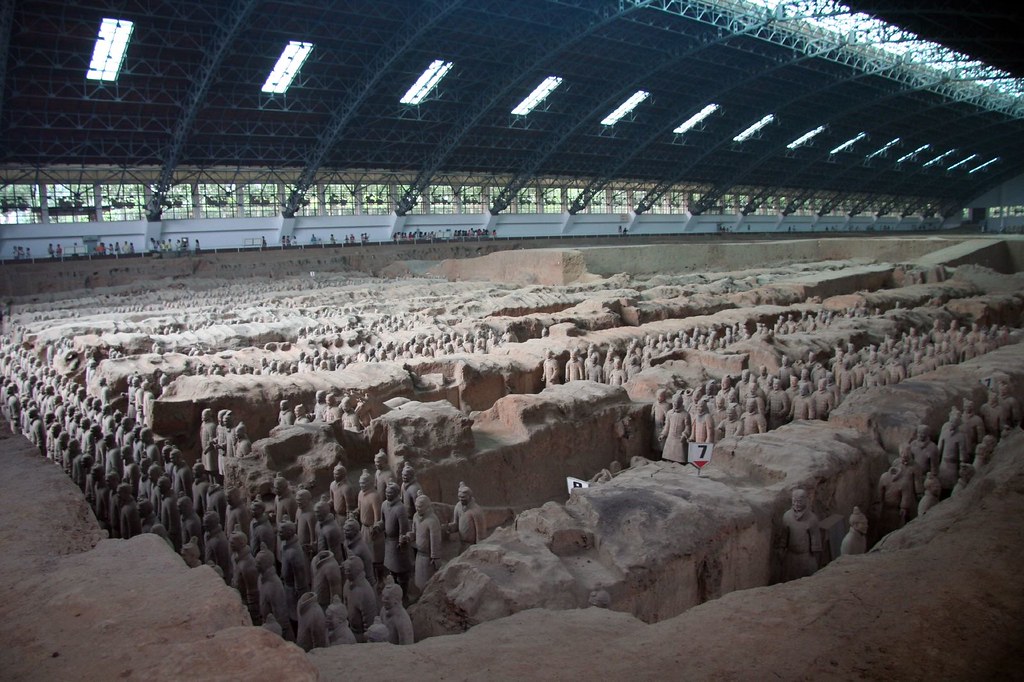

"File:Amman BW 9.JPG" by Berthold Werner is licensed under CC BY-SA 3.0



